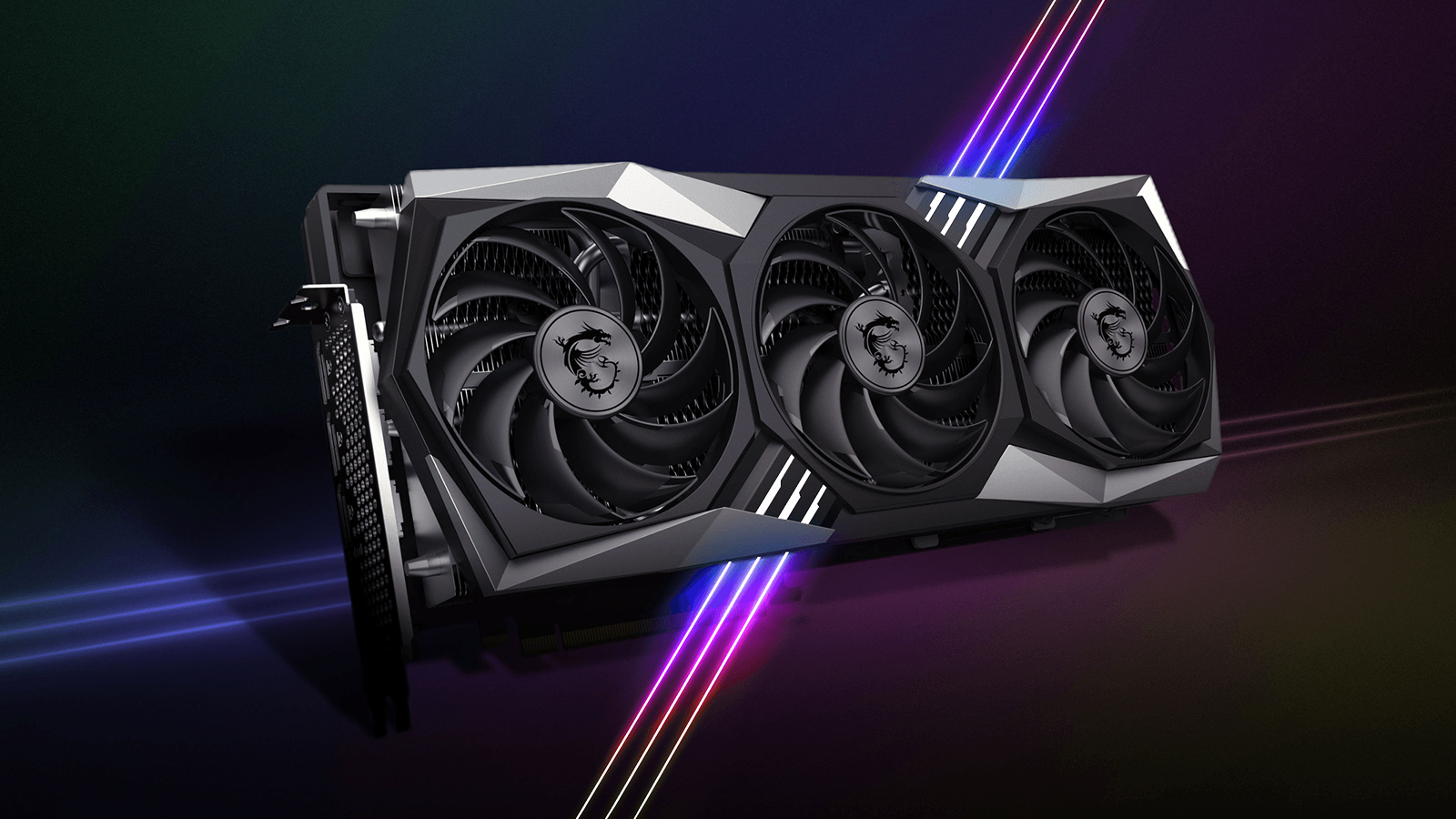Unlike many of its peers, MSI didn’t give an early glimpse of its custom-designed AMD Radeon RX 6800/6900-series graphics cards well ahead of release, instead only showcasing its reference boards. That doesn’t mean the company had no plans to release appropriate products, though. In fact, MSI is prepping a range of its Gaming series Big Navi-powered solutions with quite an impressive design. There’s a catch, though: due to the short supply of AMD’s Navi 21 GPUs, MSI will only offer custom Gaming series cards for now.
Hours before Christmas eve, MSI finally showcased its custom Radeon RX 6800 and 6800 XT Gaming X Trio graphics cards on its YouTube channel (via VideoCardz). The company didn’t demonstrate its top-of-the-range AMD offering, the MSI Radeon RX 6900 XT Gaming X Trio, but implied the card is still in the works. That’s not particularly surprising because all Navi 21-based graphics cards can use very similar printed circuit board (PCB) designs, making it easy to develop a product family.
MSI’s Radeon RX 6800-series Gaming X Trio graphics cards use an extremely oversized PCB design featuring a 16-phase VRM and two eight-pin auxiliary PCIe power connectors. Given the 16-phase VRM, MSI’s Radeon RX 6800/6800 XT graphics boards are long and tall, which is why they will require a spacious chassis.
MSI’s representative said the company hadn’t finalized the PCB design for the Radeon RX 6900 XT Gaming X Trio. Still, considering that it is showcasing an image of a Radeon RX 6800 XT Gaming X Trio board with three power connectors on its website, we can make some assumptions about where MSI is going with its AMD-based flagship.
In a bid to maximize the performance of its custom Big Navi graphics cards, MSI naturally equipped them with rather massive 2.7-wide cooling systems. The coolers comprise several aluminum heatsinks ‘interconnected’ using six copper heat pipes that directly contact the GPU. Traditionally for Big Navi-based products, MSI’s Radeon RX 6800/6800 XT Gaming X Trio graphics cards feature three fans, some of which will stop under light loads. Obviously, there is a backplate and a special holder that prevents the card from bending.
As far as display outputs are concerned, MSI equipped the boards with three DisplayPort 1.4 connectors and one HDMI 2.1 port.
Like other CPU makers these days, MSI didn’t announce MSRPs for its products, as actual pricing will depend on supply and demand. There’s another thing to point out, too: If MSI does not begin volume production of its Gaming X Trio-series Radeon RX 6000-series products in January for whatever reason (e.g., not enough GPUs or other components), it will not begin until after the Chinese New Year, which is on February 12. As a result, the new boards might not arrive until March, over two months from now.
